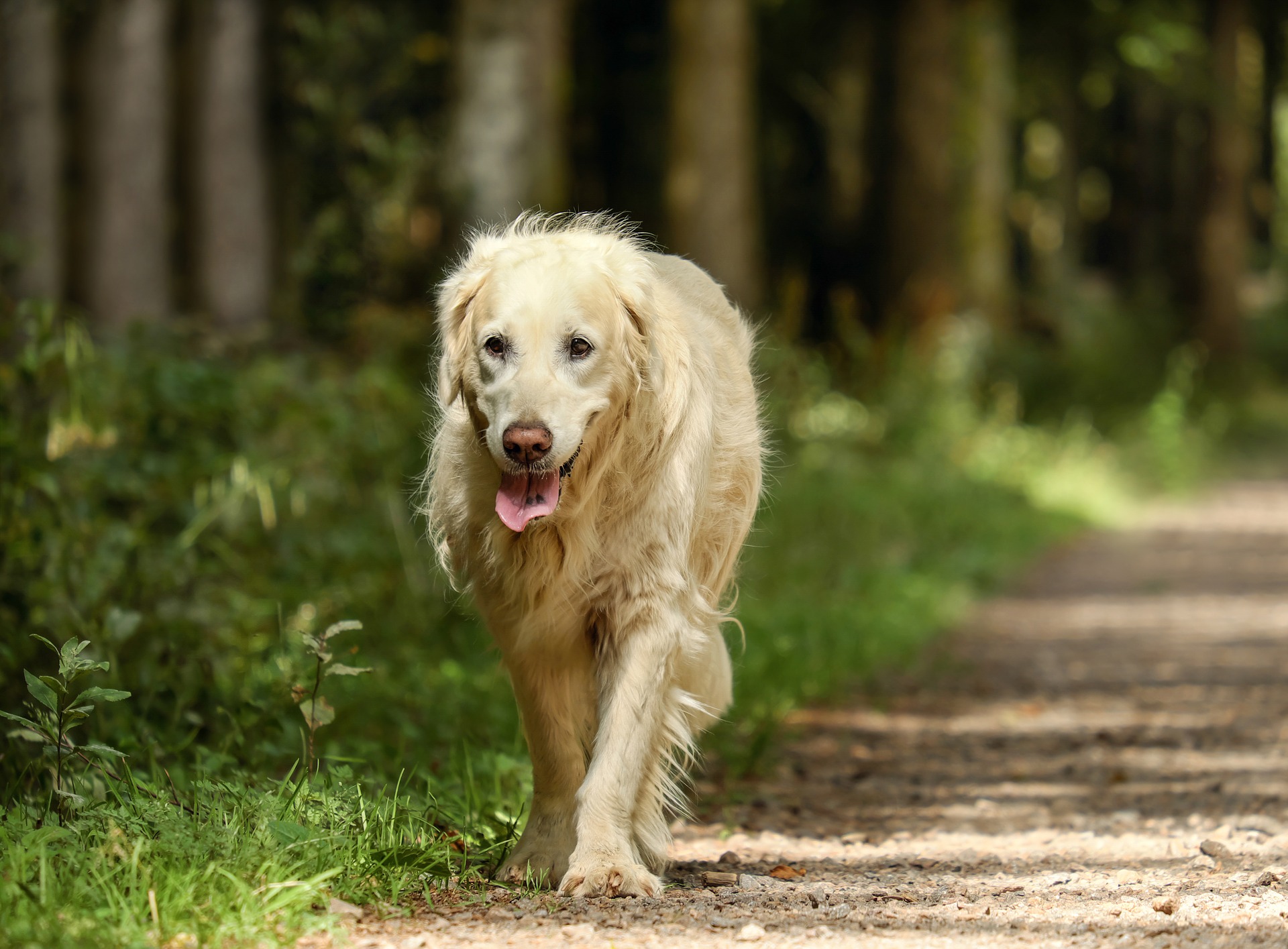.jpg)
Immune-mediated hemolytic anaemia in dogs

Immune-mediated hemolytic anaemia is a condition where the immune system attacks and destroys the body’s own red blood cells. This can rapidly lead to severe anaemia, affect the liver and kidneys, and cause blood clots (thromboembolism) and other life-threatening complications.
Primary IMHA, which represents the majority of cases in dogs, does not have an apparent cause. For secondary IMHA, possible immune system triggers include medications, blood parasites, tick-borne diseases, bee stings, snake bites, or cancer.
What are common IMHA signs in dogs?
Early signs include:
- Poor haircoat
- Decreased appetite
- Depression
Intermediate to advanced signs include:
- Weakness
- Fever
- Bloody vomit or diarrhoea
- Dark brown or red urine
- Pale or yellow-tinged gums
- Abdominal pain
- Panting
- Tremors
- Collapse

How is IMHA managed in dogs?
IMHA can have a high mortality rate during the first two weeks of treatment. Most dogs with the condition will require hospitalisation, blood transfusions, immunosuppressants and antithrombotic medications.
Refractory IMHA cases can require multiple blood transfusions or surgery to remove the spleen. Any underlying disease should be identified and treated. Dogs will need medication for several months, with regular veterinary visits and diagnostic monitoring.
Discussing a personalised management plan with your veterinarian is important for the best outcome for your dog.
What is the prognosis for dogs with IMHA?
The prognosis for dogs with IMHA depends on their condition at the time of diagnosis and their treatment response. After the initial crisis, up to 75% of dogs with the condition can have a good quality and length of life. However, there is a 15% chance of relapse in the first five years.
Management tips for dogs with IMHA
At-home needs include:
- Easy access to food and water, and a comfortable location
- Strict consistency with medications - do not stop unless directed by your veterinarian
- Monitoring for changes in gum colour, energy level, appetite, thirst, urination and defecation
For end-of-life care:
- Try to keep your dog safe and comfortable
- Ensure adequate nutrition and hydration
- Monitor for pain or discomfort
- Evaluate your dog's quality of life with our scoring tool, here
In a crisis:
Immediately contact your vet if your dog becomes lethargic, is unable to walk, has abnormal gum colour or difficulty breathing, or suddenly collapses.
It is vital to begin end-of-life care discussions before your dog‘s condition becomes unmanageable or they begin losing their quality of life.
Don’t wait until the very end. It’s important to consider your pet’s end-of-life journey early, so that you, your family and your pet are all supported through the process.
When the time comes, we’re here for you. Goodbye Good Boy provides a range of end-of-life services to make the difficult process of saying goodbye a little easier.
We offer quality of life assessments from qualified vets, specialist grief counselling, at home euthanasia from dedicated end of life veterinarians, as well as cremation services and memorial options to help remember your pet for their unique character.
We are with you at every step of the journey.
To find out more, you can call our team of passionate pet lovers on 1800 953 619.
This article was reproduced with permission from Goodbye Good Boy advisor Dr Dani McVety, of Lap Of Love.